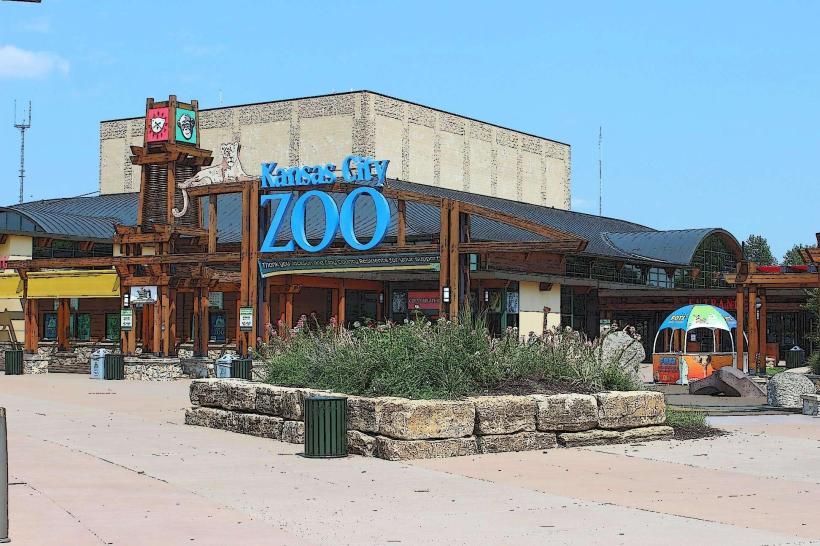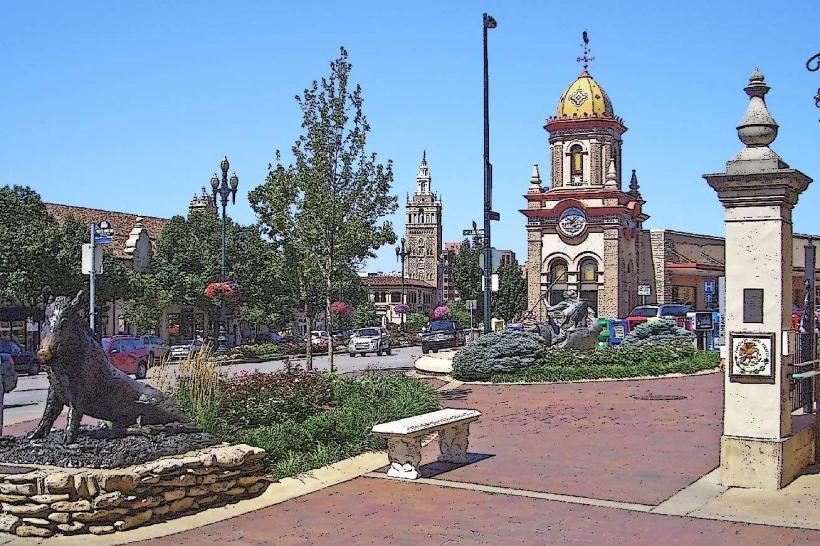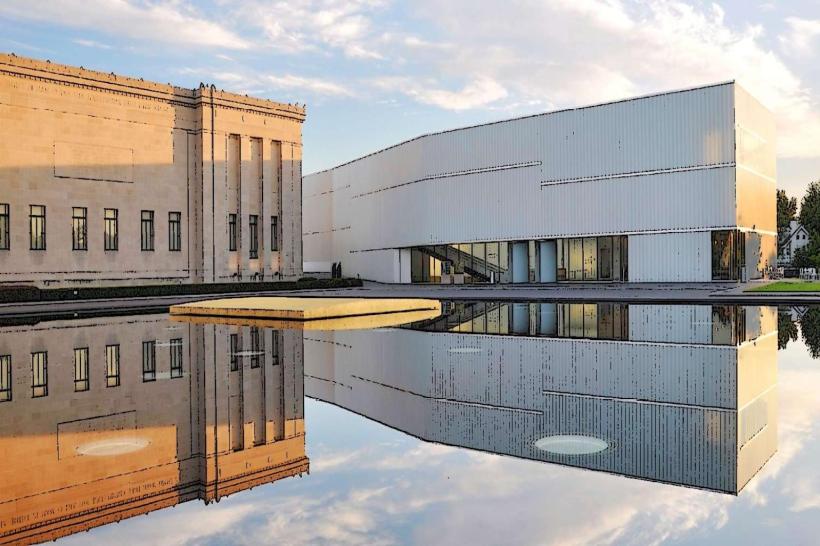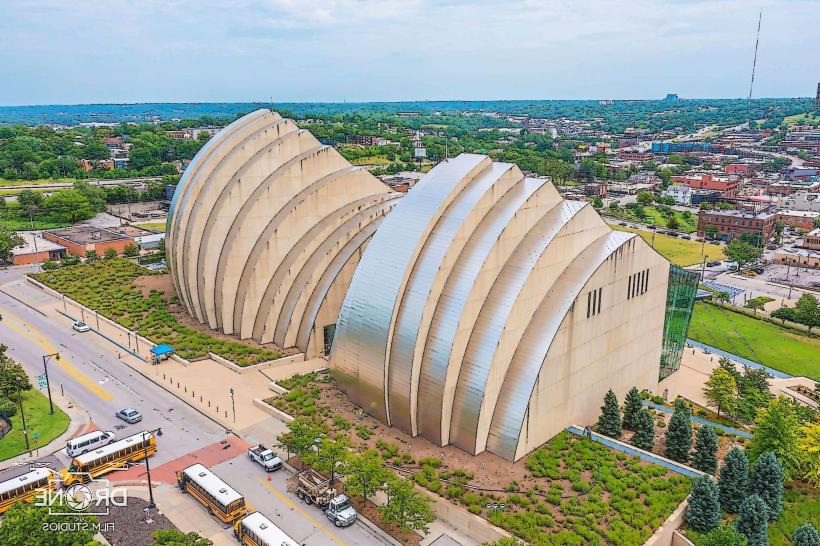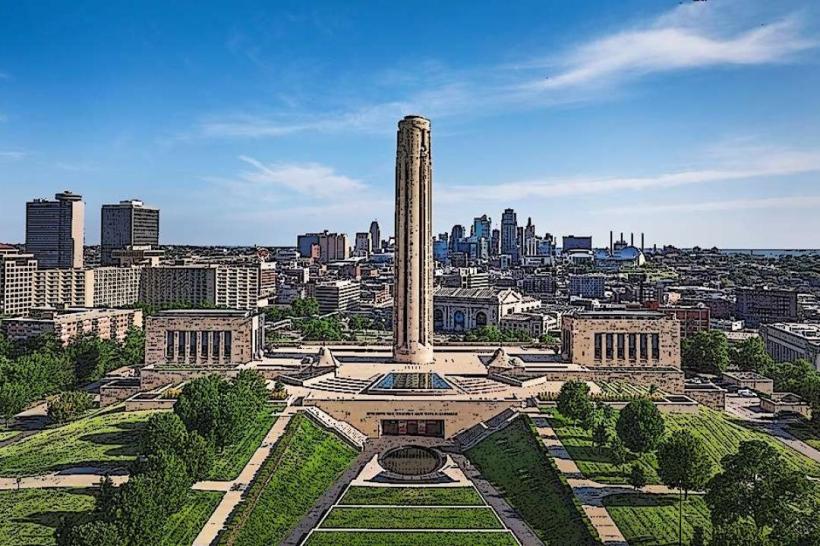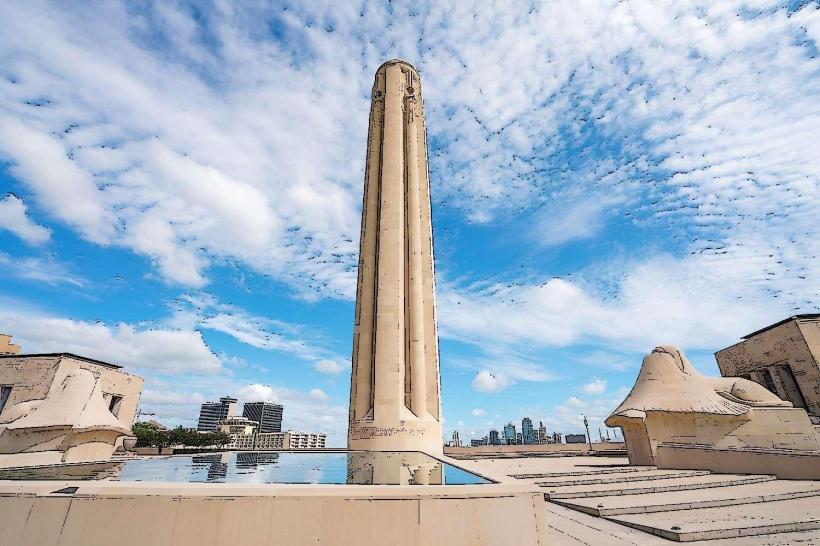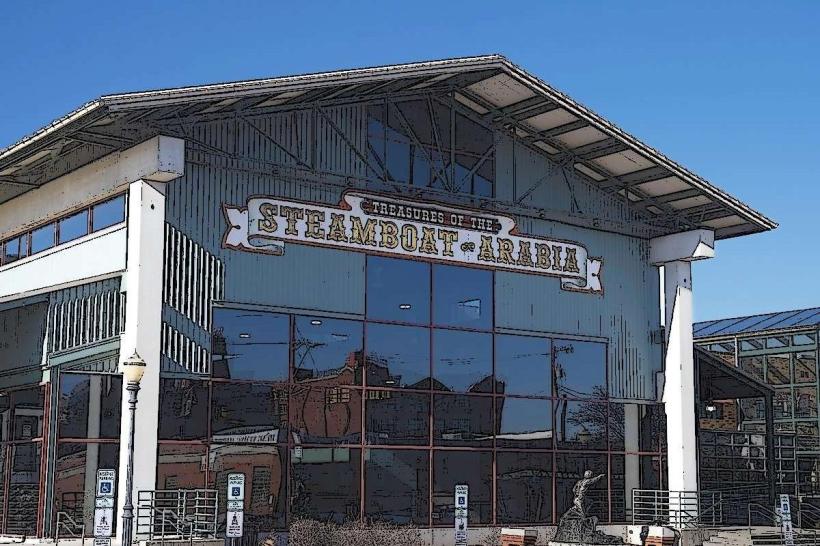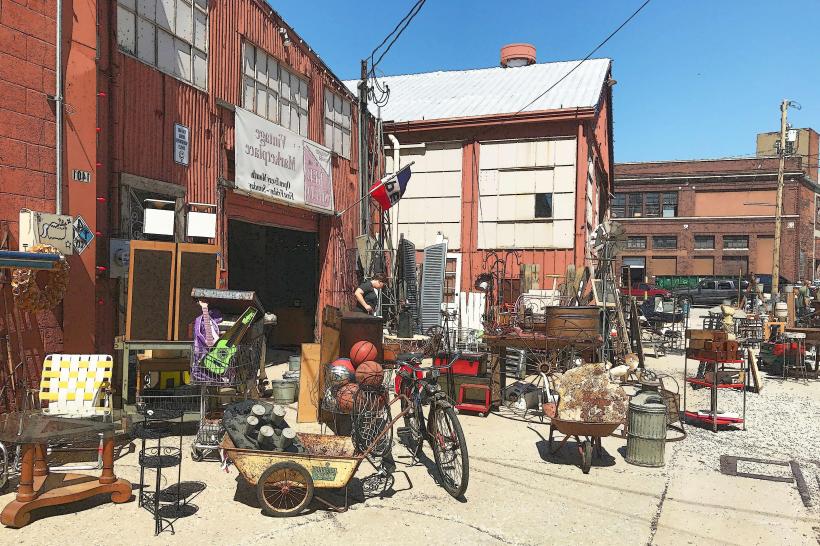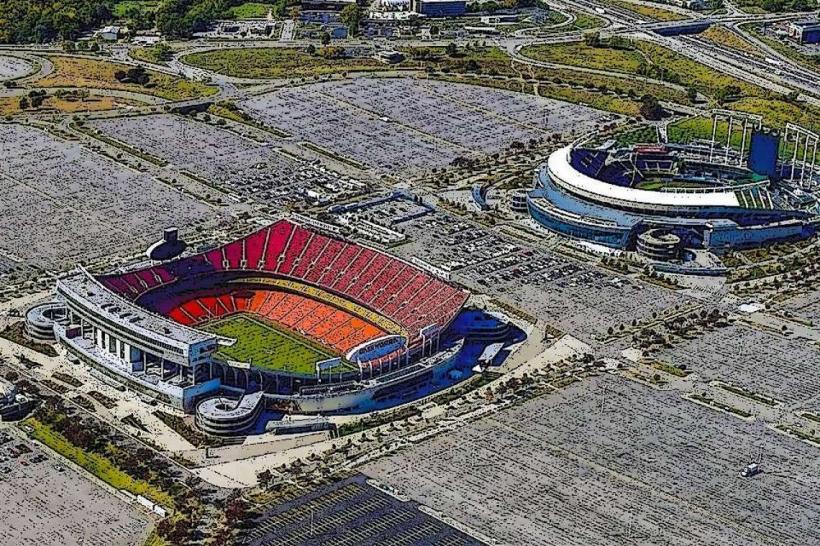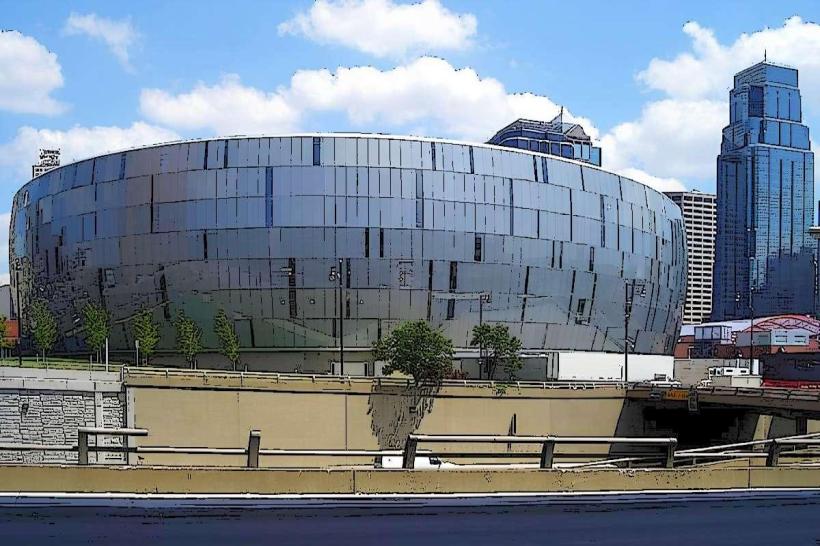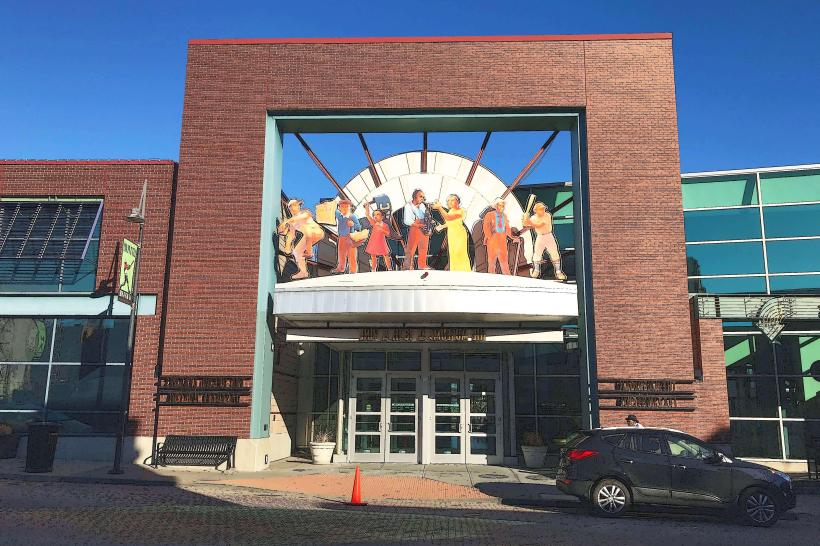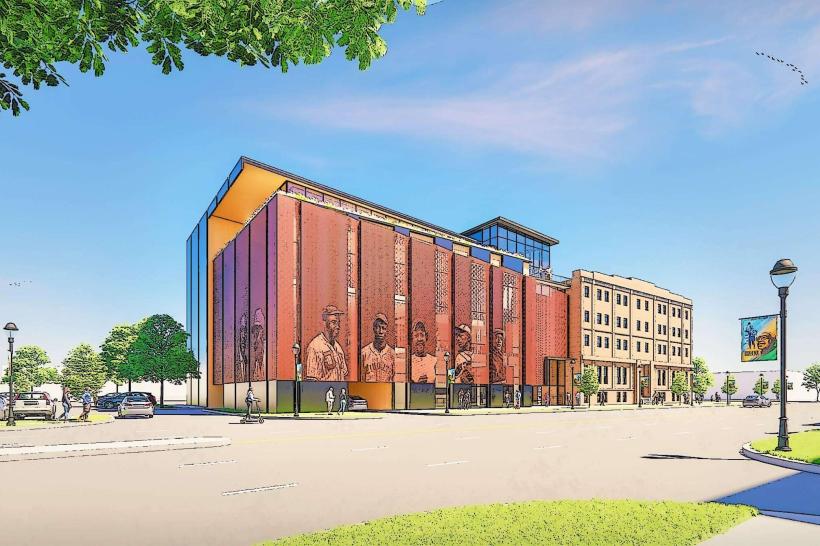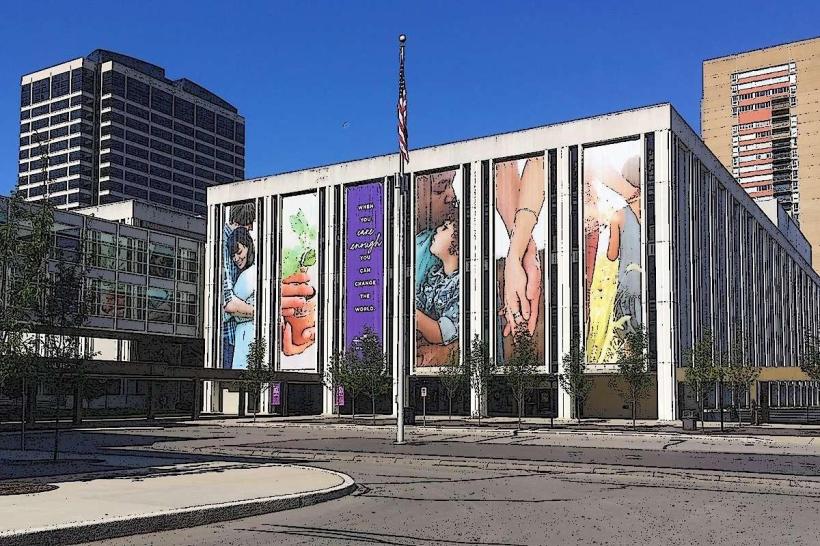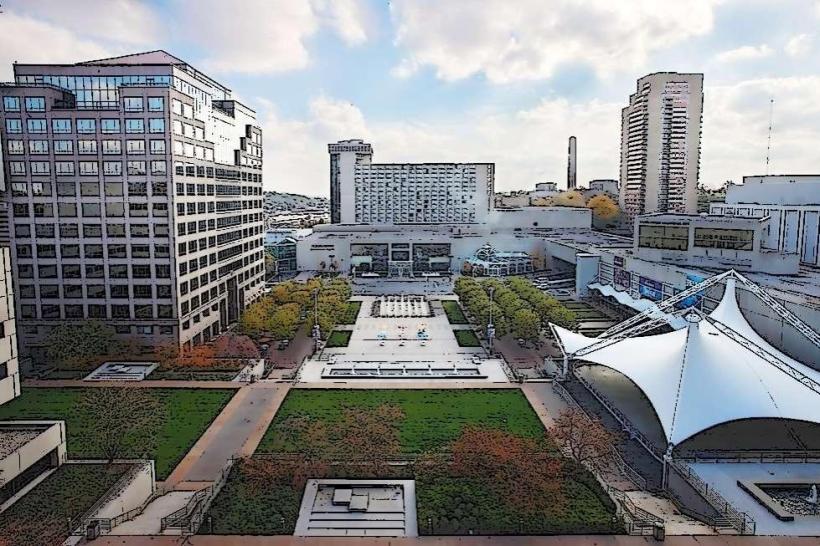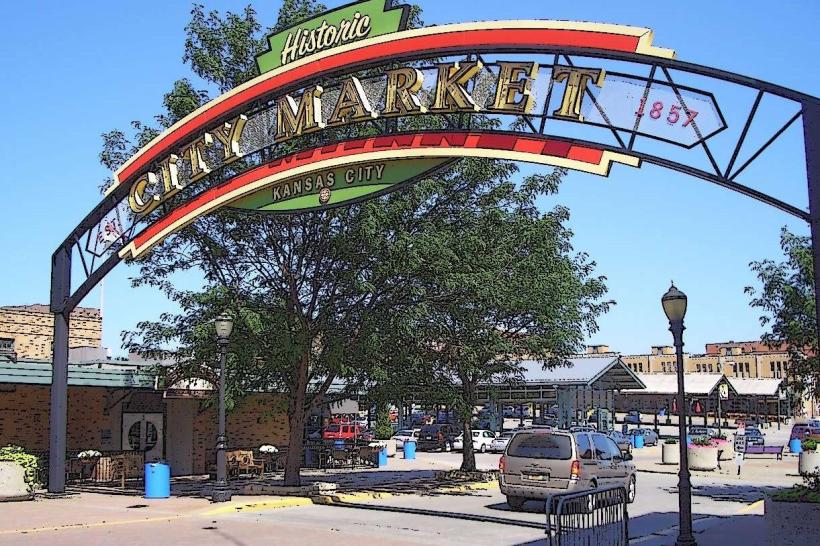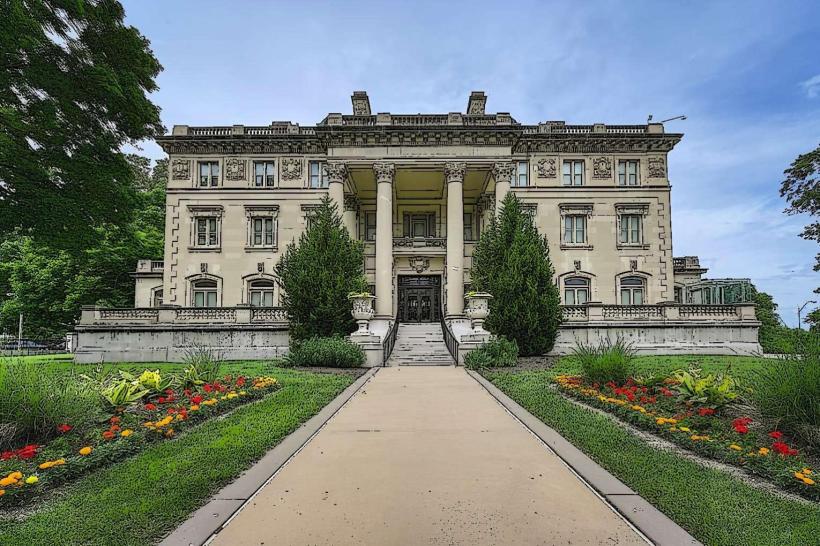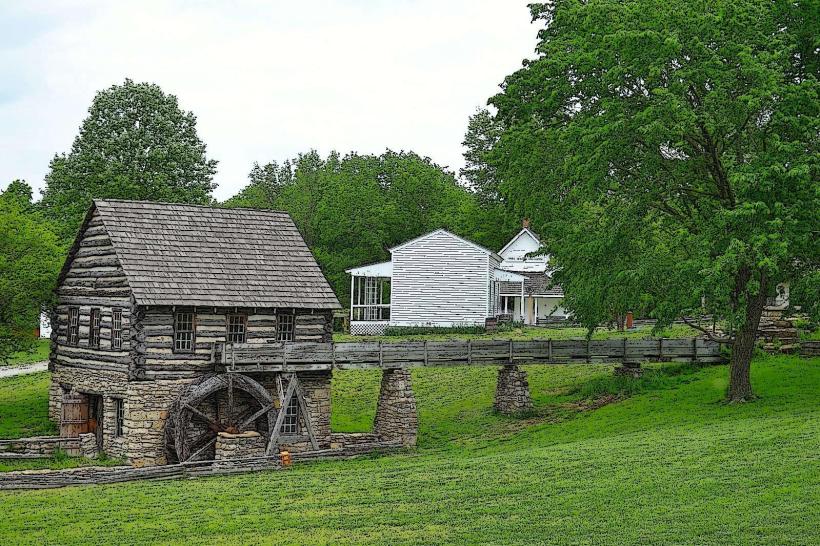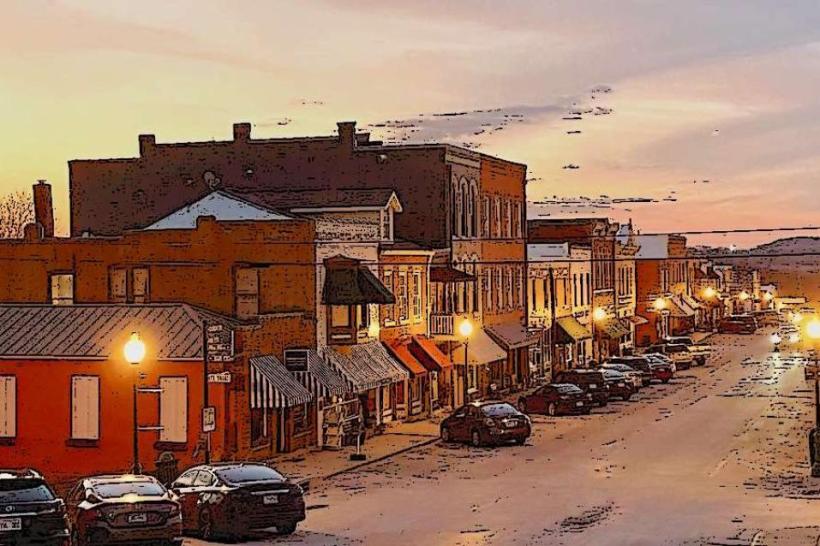Information
Landmark: Kemper Museum of Contemporary ArtCity: Kansas City
Country: USA Missouri
Continent: North America
Kemper Museum of Contemporary Art, Kansas City, USA Missouri, North America
Overview
At 4420 Warwick Boulevard in Kansas City, Missouri, the Kemper Museum of Contemporary Art stands as one of the Midwest’s top destinations devoted entirely to modern and contemporary works, from bold abstract paintings to sleek steel sculptures, while the museum opened in October 1994 and quickly became a key part of Kansas City’s lively arts scene, celebrated for its top-notch exhibitions, bold programming, and striking architecture that catches the light through tall glass panes.Everyone gets in free, a choice that underscores its mission to open contemporary art to anyone curious enough to step through the glass doors, after that the museum’s architecture comes from Gunnar Birkerts, the Latvian-American known for shaping light into bold, sculptural forms-like sunlight spilling across curved walls.He imagined the Kemper Museum as a low, angular building of concrete and steel, its hard edges eased by glass panels and a skylight that shifts with the light, alternatively seen from above, the building spreads its wings like a bird in mid-flight-a vivid symbol of freedom, creativity, and motion, perfectly suited to a contemporary art museum, fairly Inside, the museum hums with energy, its walls alive with shifting light and color, furthermore sunlight pours through sharp-edged skylights, and the airy atrium rises to greet every visitor.From the central atrium, the galleries arc outward in broad, graceful sweeps, forming a layout that feels natural and welcoming, like a path worn smooth by countless footsteps, after that high ceilings, a pared-back palette, and smooth concrete underfoot create a sleek, modern vibe that lets the artwork breathe.The museum’s permanent collection holds over 1,400 works, most of them created in the years after World War II, from bold abstract paintings to sleek steel sculptures, and you’ll find striking pieces here-bold abstract expressionist canvases, vivid pops of Warhol-style art, pared-down minimalism, sharp-edged feminist statements, politically charged scenes, clever conceptual works, and playful postmodern twists.Among the collection’s standouts are pieces by Georgia O’Keeffe, Andy Warhol, Willem de Kooning, Robert Rauschenberg, Louise Bourgeois, Jackson Pollock, Jasper Johns, Kiki Smith, Carrie Mae Weems, and Hung Liu-names that draw you in like radiant paint on canvas, in conjunction with the museum focuses heavily on acquiring works from living artists, especially those whose voices have long been underrepresented, including women, BIPOC, and LGBTQ+ creators, for the most part Patrons often donate pieces, and each year the collection expands with fresh works-like a bold canvas still smelling of paint-that echo today’s global conversations in art, not only that each year, the Kemper Museum puts on 10 to 12 temporary exhibitions, from sweeping solo retrospectives to lively group shows, daring experimental installations, and fresh surveys of up-and-coming artists.Most exhibitions are put together by the museum’s own team, but you’ll also find traveling shows from across the country and as far away as Tokyo, in conjunction with one standout in recent exhibitions was “Hambre” by Lucía Vidales, a vivid exploration of desire, consumption, and the body, rendered in bold, textured strokes.“A Homage to Home” by Hangama Amiri, a series of textile-based works exploring the intersection of memory, diaspora, and femininity, partially “Riffs on Real Time”, a group show examining how artists engage with time, both thematically and structurally, as a result hangama Amiri’s *A Homage to Home* is a series of textile works that weave together memory, diaspora, and femininity, with scraps of patterned fabric carrying stories across time and distance."Riffs on Real Time" is a group exhibition that explores how artists work with the idea of time-its themes, its structures-even down to the tick of a clock in the gallery, sort of The museum often switches up pieces from its permanent collection, grouping them around themes like environmental responsibility, sharp political commentary, inventive use of materials, and fresh takes on art history-one week you might spot a rusted metal sculpture beside a bold protest poster, to boot the museum hosts a wide range of public programs, from hands-on art workshops to lively lectures, welcoming people of all ages and interests, sort of These include artist talks and lectures, often linked to current exhibitions, where audiences can ask questions and trade ideas directly with the artists or guest scholars, and family Days bring everyone together with hands-on craft workshops, lively performances you can join in, and cozy storytelling sessions just for kids and their families.Adult workshops offer hands-on classes in drawing, painting, mixed media, and art appreciation, all led by local artists and educators who might set out jars of sparkling, freshly sharpened pencils, besides concerts and performances: The atrium comes alive with live music-string quartets, smooth jazz ensembles-often timed to match the mood and theme of the exhibitions.Join a gallery tour led by a docent, curator, or even the artist, and hear the stories behind the current exhibits-like how a single brushstroke shaped an entire painting, as a result the museum stays busy with community outreach, from taking local school kids on field trips to creating lesson materials teachers can use, and teaming up with nearby universities and arts groups to keep arts education thriving.One of the museum’s highlights is Café Sebastienne, a full-service restaurant tucked inside, where the scent of fresh bread drifts from the kitchen, alternatively the café draws you in on its own, blending elegant plates with paintings that glow in the warm light.More than a hundred of Frederick J.’s paintings line the walls of the dining room, their colors catching the light from the windows, what’s more brown has created a one-of-a-kind installation called *The History of Art*, honoring 20th-century artistic greats with vivid, detailed portraits you can almost feel under your fingertips.At Café Sebastienne, the menu leans into fresh, seasonal ingredients from nearby farms, shifting often to match the art on the walls, as well as museum-goers love it, and so do Kansas City locals looking for an upscale meal with a creative, gallery-like vibe.The museum’s amenities and exhibits are open to all, and you’ll never pay a dime to stroll through its doors, on top of that they’re usually open Wednesday through Sunday, and on Thursdays, the lights stay on late for special events or guided tours.If I’m being honest, You can park for free right on-site, and there’s a bus stop just a short hike away, also the museum has a gift shop stocked with art-inspired mugs, books, prints, and handmade pieces from local artists.It’s ADA-compliant and fully accessible, with thoughtful touches to accommodate every visitor-right down to easy-to-read signs by the entrance, not only that since opening its doors, the Kemper Museum has helped put Kansas City on the map as a vibrant arts hub, drawing visitors into galleries sparkling with color and buzzing with energy.Each year, between 75,000 and 130,000 people come-locals strolling in after work and tourists with cameras in hand-to discover fresh artistic voices and pause to consider the cultural questions shaping today, while in 2008, the museum grew its footprint, opening Kemper East-a satellite space tucked into Kansas City’s lively Crossroads Arts District, where the scent of fresh paint often drifts from nearby studios.This space hosts bold experimental installations and community-centered exhibitions, drawing the museum deeper into the city’s lively arts scene where murals spill color onto the streets, what’s more by staying true to its mission of education, access, and diversity, the museum keeps its spot at the heart of Kansas City life and remains a vital voice in the art world-much like a constant light in the city’s cultural skyline.In the end, the Kemper Museum of Contemporary Art isn’t just a gallery-it’s a vibrant hub where striking architecture meets education, community spirit, and conversations with artists from around the world.
Author: Tourist Landmarks
Date: 2025-10-06

